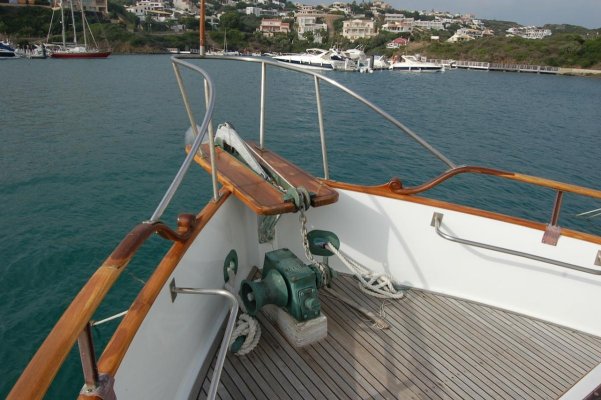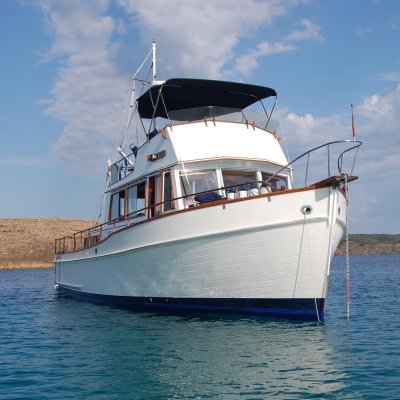The worst, cheapest anchor set properly with lots of scope will usually hold better than the best anchor not set properly on less than ideal scope.
An oversized worst, cheap anchor will usually hold better than an undersized best anchor. A big enough rock used for an anchor will probably hold too.
There is too much emphasis on having the "best anchor" that will magically keep you in place irregardless of skill or technique.
Many boaters consider and purchase anchors for the "bling" factor.
Anchor selection should be based on the type of bottom that you may encounter, whether anchoring in tidal conditions where the boat does an 180 every 6 hours, the strongest wind that may be encountered and other factors.
I see every conceivable anchor being deployed by other boats while we are anchored. Some that I would never choose. We don't see that many boats dragging when the wind picks up.
Most dragging we see are right after anchoring. The result of inadequate scope and/or poor setting or no setting at all.
Seasoned boaters have their favorite anchor and simply upsize as they move up in boat size. If you have the same brand anchor for a long time, you will become accustomed to it's setting, handling and ideocycracies.
There are a lot of boaters, mostly sailboaters, that use CQR's without issues. I'd try out your CQR before replacing it. Anchor somewhere, preferably with wind, earlier in the day and sit through 2 tide changes and see how the anchor behaves.
Instead of buying a new anchor, I'd go to all chain instead of the chain/rope rode that you have.



